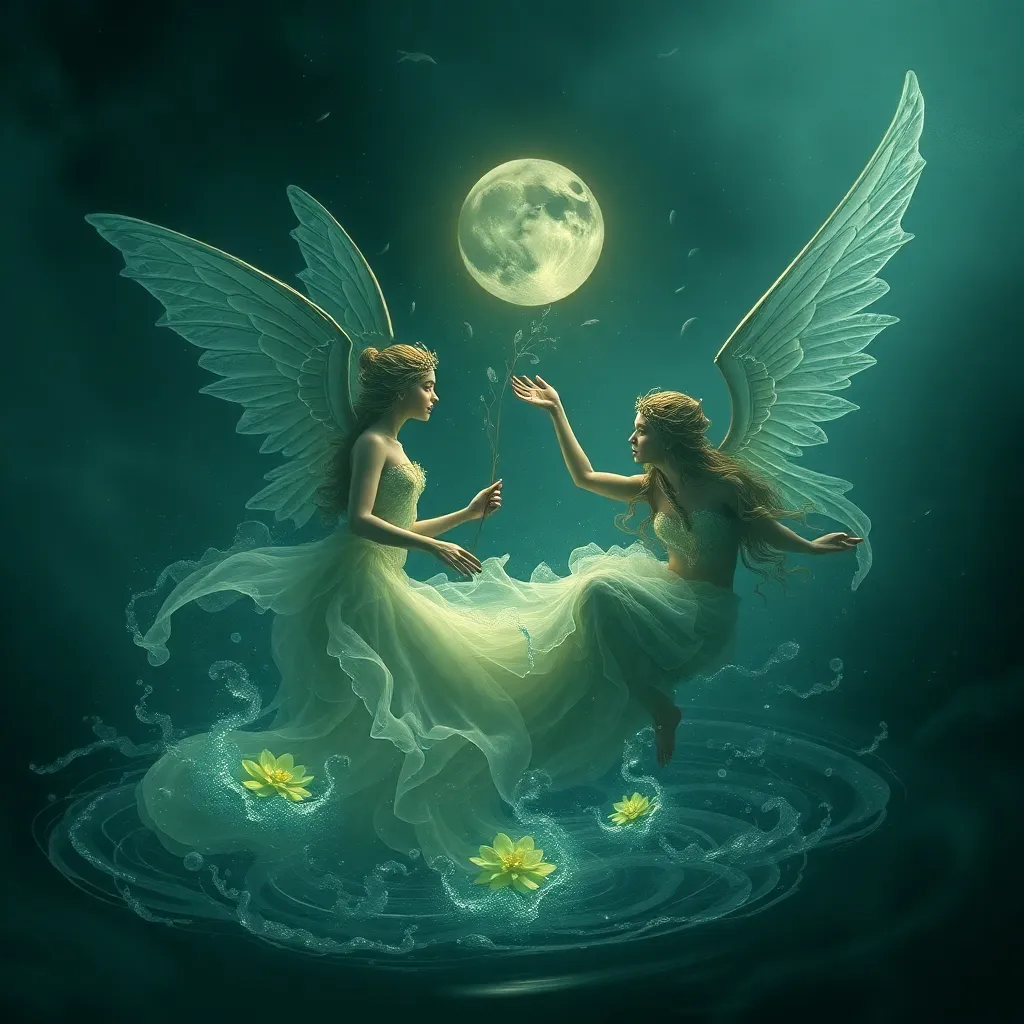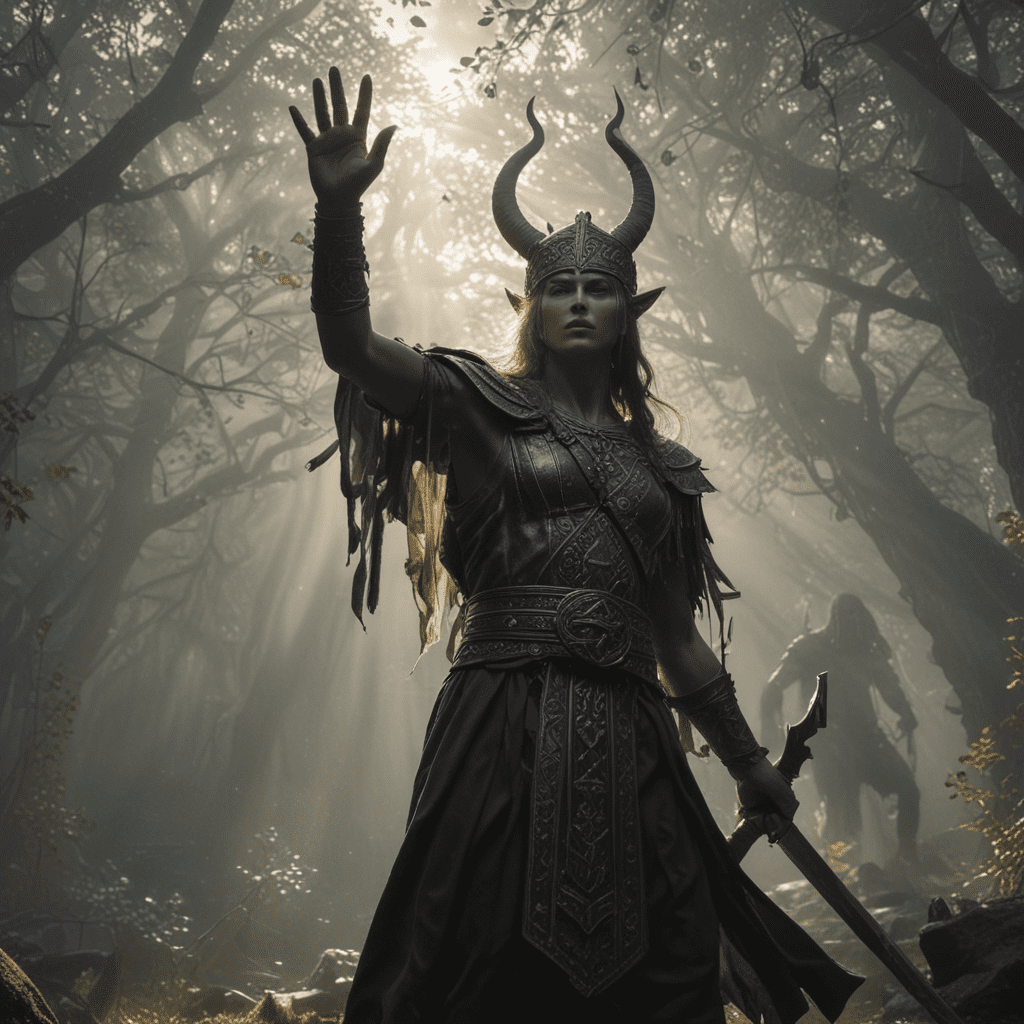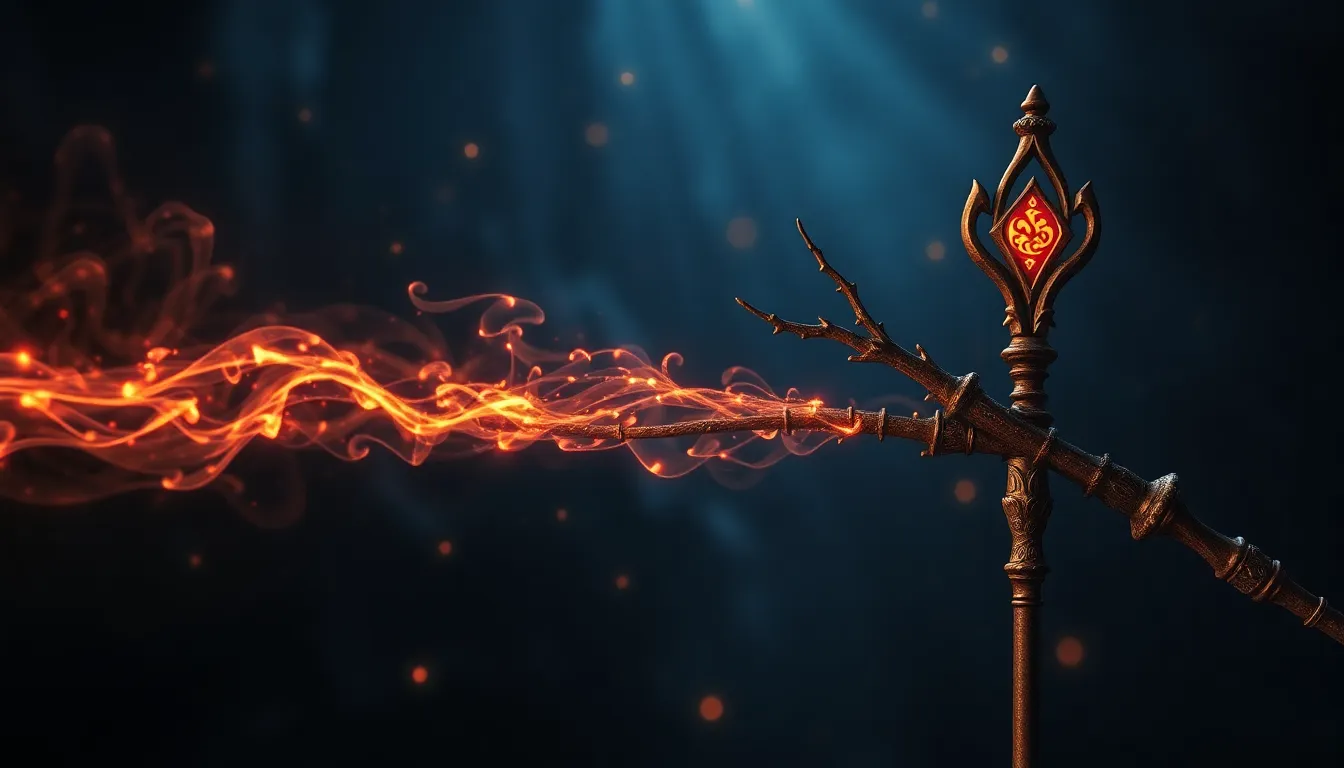The Rusalka’s Song: Analyzing the Musical and Literary Representation of Water Nymphs
I. Introduction
A Rusalka is a water nymph found in Slavic folklore, often depicted as a beautiful maiden associated with water bodies like lakes, rivers, and ponds. These creatures have deep cultural significance, embodying both the allure and dangers of water, reflecting the dual nature of femininity and nature itself.
This article will explore the musical and literary representations of Rusalkas, delving into how these ethereal beings have been portrayed across various art forms. By examining their historical context, literary archetype, musical interpretations, and modern adaptations, we aim to uncover the complex tapestry of meanings associated with the Rusalka.
The thesis of this exploration is that the Rusalka serves as a potent symbol of longing and transformation, bridging the realms of life and death through the fluid medium of water, which is central to her narrative.
II. Historical Context of Water Nymphs in Slavic Folklore
The origins of the Rusalka can be traced back to ancient Slavic beliefs, where they were often associated with the spirits of unmarried women who died tragically, particularly in or near water. Over time, the Rusalka evolved into a more complex figure, embodying both the nurturing and destructive aspects of nature.
When comparing the Rusalka to other water nymphs in global folklore, such as the Greek Naiads or the Celtic Selkies, we find both similarities and distinctions. While all these beings are associated with water and often exhibit enchanting beauty, their roles and narratives differ significantly:
- Naiads: Often benevolent, they are guardians of freshwater and are linked to fertility.
- Selkies: These seal-women possess a dual nature, representing transformation between the sea and human realms.
In Slavic culture, water is not merely a physical element; it is imbued with spiritual significance, often seen as a boundary between the living and the dead. This belief underpins many stories involving Rusalkas, as they are often depicted as longing for the life they lost.
III. The Rusalka as a Literary Archetype
The Rusalka motif has been prevalent in numerous literary works, ranging from folk tales to contemporary novels. Some notable examples include:
- Alexander Pushkin’s poem “Rusalka”
- Various adaptations of Slavic folklore in modern literature
- Literary works by authors such as Antonín Dvořák and his operatic interpretations
Character analysis of the Rusalka reveals her as a tragic figure, often caught between her desires and the harsh realities of her existence. Themes of love, loss, and transformation are prevalent in stories about Rusalkas, highlighting their complex nature as both victims and agents of change.
IV. Musical Interpretations of the Rusalka
Musical compositions inspired by the Rusalka are numerous, with Antonín Dvořák’s opera “Rusalka” being the most prominent. This opera beautifully captures the essence of the Rusalka’s longing for love and her tragic fate. The famous aria “Song to the Moon” embodies her yearning, showcasing the interplay of music and text in conveying her emotional depth.
The opera’s score combines lush orchestration with lyrical melodies, creating an evocative atmosphere that mirrors the watery world of the Rusalka. The synergy between music and narrative enhances the understanding of her character, allowing audiences to empathize with her plight.
V. Symbolism of Water in Rusalka’s Story
Water serves as a multifaceted symbol in the Rusalka’s story, representing life, death, and rebirth. The fluid nature of water mirrors the Rusalka’s own transformations, as she navigates her identity and desires. Key aspects of this symbolism include:
- Life: Water is essential for survival, symbolizing fertility and renewal.
- Death: The Rusalka’s connection to water often signifies her tragic end, as many Rusalkas are believed to be the spirits of drowned women.
- Rebirth: Water also represents the possibility of transformation and new beginnings, as seen in the Rusalka’s longing for a human life.
Culturally, water in Slavic narratives carries emotional implications, often associated with the subconscious, dreams, and the passage of time. The Rusalka’s journey through water imagery highlights her internal struggles and desires.
VI. Comparative Analysis with Other Mythical Creatures
When comparing the Rusalka to other mythical creatures, such as the Greek Sirens or the Scandinavian Huldra, we find both similarities and differences:
- Sirens: Like Rusalkas, they are often depicted as alluring beings that lead men to their doom, yet they are primarily associated with music rather than water.
- Huldra: A forest spirit who, like the Rusalka, embodies the connection between the natural world and human existence, often representing themes of seduction and danger.
The cultural context greatly influences these portrayals, with each myth reflecting the values, fears, and desires of the societies from which they originate. Despite their differences, these creatures share universal themes of love, loss, and the human condition.
VII. Modern Adaptations and Representations
In contemporary culture, the Rusalka myth has been reinterpreted by various artists, filmmakers, and writers. Modern adaptations often explore themes of empowerment, agency, and identity, reflecting current societal issues. Notable examples include:
- Films that reinterpret the Rusalka story with feminist perspectives.
- Literature that reimagines the Rusalka as a symbol of resilience and self-discovery.
- Visual arts that depict the Rusalka in new, innovative ways, often using technology to create immersive experiences.
The impact of modern technology has allowed artists to explore new mediums, bringing the Rusalka’s story to life through digital art, interactive installations, and multimedia performances, thus keeping her legacy alive in today’s cultural landscape.
VIII. Conclusion
In summary, the exploration of the Rusalka reveals her enduring significance in literature and music, as well as her role as a symbol of longing and transformation. The analysis highlights the intricate relationship between water and the Rusalka, emphasizing how this element serves as a powerful metaphor for life, death, and rebirth.
The Rusalka’s legacy continues to resonate in modern adaptations, reflecting contemporary themes while remaining rooted in her folkloric origins. Ultimately, water nymphs like the Rusalka serve as poignant reminders of the complexities of human emotion and the enduring power of storytelling in our creative expressions.




